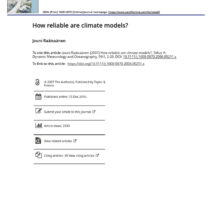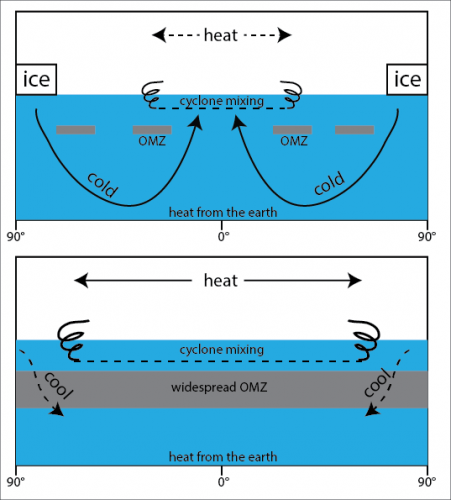As students and staff navigate the bustling environment of a school, one is often left to ponder: How much energy do we waste each day without even realizing it? This playful question leads to a crucial challenge: the urgent need to conserve energy in our educational institutions. With climate change looming larger than ever, it is imperative that everyone engages in practices aimed at reducing energy consumption. Below are concrete steps that students and staff can take to create a more sustainable school environment.
Understanding Energy Consumption
Before plunging into practical tips, it is vital to grasp the sheer scale of energy consumption within schools. Schools are responsible for significant energy use due to factors such as lighting, heating, ventilation, and electronic devices. Understanding these aspects provides a foundation for identifying areas where energy can be conserved.
1. Embrace Natural Light
Why rely solely on artificial lighting when the sun can illuminate classrooms for free? Natural light is abundant during daylight hours and can be harnessed effectively to reduce reliance on electric fixtures. Students and staff should open blinds and curtains as much as possible, strategically positioning desks and work areas near windows. Moreover, consider conducting classes or study sessions outdoors when weather permits, utilizing the sun’s energy as an ambient classroom light.
2. Turn Off Lights and Equipment
A simple yet powerful habit to instill in students and staff is ensuring that lights and equipment are turned off when not in use. This includes lights in classrooms, hallways, and bathrooms, as well as computers, projectors, and other devices. An engaging initiative could be a “Turn It Off” campaign that rewards classes for minimal energy use, creating a friendly competition that encourages students to be more conscious of their energy consumption.
3. Optimize Heating and Cooling Systems
Heating and cooling systems account for a considerable portion of energy consumption. It is essential to ensure that thermostat settings are efficient. During cold months, set the thermostat to a comfortable yet conservative temperature; wearing layers can help students stay warm without cranking up the heat. In warmer months, closing blinds and using ceiling fans can keep spaces comfortable without excessive reliance on air conditioning. Regular maintenance of HVAC systems is also crucial to ensure they operate efficiently.
4. Utilize Energy-Efficient Appliances
Encouraging the use of energy-efficient appliances can lead to significant reductions in energy consumption. School cafeterias, for instance, can switch to ENERGY STAR-rated kitchen appliances. Furthermore, staff should advocate for switching out outdated equipment, such as computers and printers, for energy-efficient models. Promoting the use of these modern devices can help instill habits that students carry with them into adulthood.
5. Educate and Engage
Education is the bedrock of any effective conservation strategy. Schools can incorporate energy conservation into the curriculum, emphasizing its importance and implementing hands-on projects. Interdisciplinary approaches, such as creating science projects about renewable energy or writing essays on conservation strategies, can engage students and foster a deeper understanding of the topic. Workshops led by local environmental organizations can also augment this education.
6. Form Energy Committees
Recruiting a group of enthusiastic students and staff to form an energy committee can facilitate ongoing energy conservation initiatives. This committee can evaluate current energy usage, propose solutions, and explore student-led campaigns that promote sustainability. Regular meetings to assess progress and brainstorm new ideas can invigorate interest in energy conservation and ensure a continuous commitment to improvement.
7. Encourage Eco-Friendly Transportation
The journey to school can significantly contribute to energy consumption. Encouraging carpooling, biking, or walking can dramatically reduce energy spent on transportation. Schools can implement programs that reward students for taking eco-friendly transport options or even collaborate with local organizations to create safe biking and walking paths. This not only saves energy but also promotes a healthier lifestyle for students.
8. Promote Recycling and Waste Reduction
While recycling may not directly conserve energy, it plays an integral role in energy conservation. Educating students about the energy saved through recycling materials like paper and plastic can encourage participation. Schools should provide clearly labeled recycling bins throughout the campus and develop a curriculum that highlights the connection between recycling and energy savings.
9. Implement a “No Idle” Policy
Encourage staff and students to adopt a strict “no idle” policy for vehicles parked on school grounds. Idling vehicles waste fuel and emit unnecessary pollutants into the environment, making it counterproductive to the goal of energy conservation. By raising awareness of the negative impacts of idling, schools can effectively reduce energy consumption associated with transportation.
10. Celebrate Achievements
Recognizing and celebrating the achievements of energy conservation efforts is crucial in maintaining enthusiasm and commitment. Schools can host events highlighting energy savings, such as “Energy Awareness Days” or “Green Weeks,” where achievements are acknowledged and shared. Recognition fosters community spirit and motivates individuals to continue their eco-friendly practices.
In conclusion, conserving energy at school may seem daunting, but by implementing these straightforward practices, students and staff can contribute significantly to a more sustainable future. Each step, no matter how small, can create myriad benefits for the environment. As we ponder the initial question about energy waste, let us transform curiosity into action. The challenge lies in our collective hands, and it is imperative that we rise to meet it, fostering a culture of awareness and responsibility in our schools.







